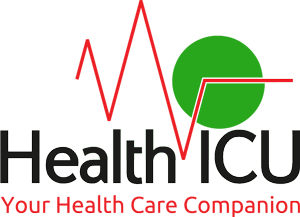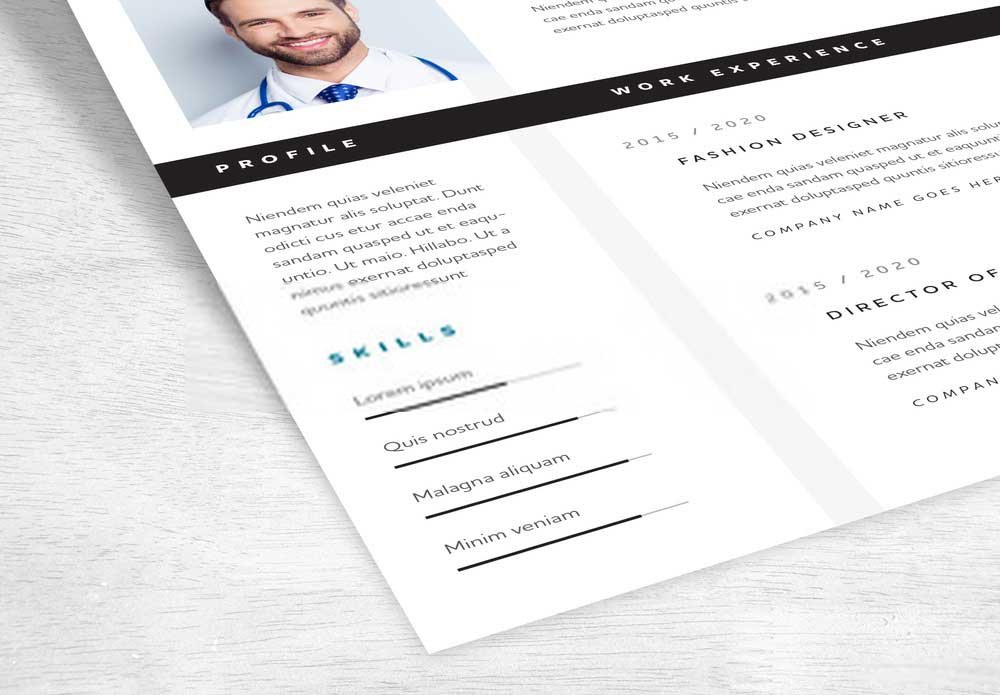Besides COVID-19, there are many other critical diseases that people are suffering from and need immediate care.
This is why more skilled nurses are required to ensure the proper treatment of those people. In most parts of the world, large-scale recruitment is going on for nursing staff.
This article is about crafting an ideal nursing resume to create the right impression on potential employers by highlighting skills and abilities in a professional and engaging way.
Objective and Subjective Goal for a Nursing Resume
Objective Goal: This is written to ensure that the resume you craft contains the crucial areas that potential employers would want to notice. Example: Your qualification, professional certification, and experience.
Subjective Goal: The subjective goal is more like demonstrating your unique selling proposition (USP) to stand out from the crowd. You can do that by highlighting your skills and other intangible yet important aspects that could be useful in the nursing profession.
Basic Structure of a Nursing Resume
First, we need to understand the four basic aspects that should be in a nursing resume.
Hard Skills
There are two basic components of hard skills. One, you can learn about them in a classroom, reading a book, or while doing a job. These skills are usually quantifiable.
Soft Skills
Soft skills are subjective by nature and not measurable. We often refer to them as “interpersonal skills.” These sets of skills define how you communicate with other people and manage your job as well as personal responsibilities.
Work Ethics
Work ethics are subjective qualities, which are a combination of skills, sense of responsibilities, sincerity, and honesty. Nursing is a tough job, which requires consistency and patience. Work ethics make it possible to do your duties every day.
Achievements
Achievements refer to your performance in different roles over a long period. They are usually measurable. Besides, achievements can also be about accomplishing goals, receiving awards and recognitions.
What an Ideal Nursing Resume Should Look Like – A Sample
There are many resume templates that you can download, but most free nursing resume templates are just one-pagers and low quality. Refer to this nursing resume guide for samples and premium resume templates.
Below are general guidelines for writing a nursing resume.
Formatting, Font, and Structure
- Resume Length: Try to keep the resume length between one and two pages. Check the attached resume template at the bottom of this article.
- Font Type: Use professional-looking font types such as Calibri, Arial, Verdana, Ubuntu, and Roboto. Avoid using font types like Comic Sans.
- Font Size: Use 11-12 point font size for normal text and 16-14 points for headers/sub-headers.
- Line Spacing: Apply 1.0 or 1.15 line spacing.
- Margins: One-inch (1”) margins on every side.
9 Key Elements When Structuring a Nursing Resume
Some of the following elements will be applicable for experienced candidates only, and the rest is both for freshers and experienced applicants.
#1. Skills, Responsibilities, and Achievements in Your Career
Instead of listing skills, responsibilities, and achievements as generic bullet points, it is better to merge them into cohesive statements to increase the effectiveness by using less space.
Example: Provided patient care service in the Cardiac intensive care unit (ICU) that treated coronary intervention patients with Impella catheter pumps and IABPs, and post-cardiac arrest patients.
#2. Facility Details
Specifying the facility details of the hospitals you worked (for experienced) earlier will provide an impression to potential employers about the nature of your experience.
Example: Trauma Center, Acute Care Hospital, Senior Nursing Facility, and others.
#3. Hospital Unit Details
Mentioning Unit details will also provide a clear picture to prospective employers about your experience in a few words. You can include the following details and others as and when applicable.
Example: Unit Type – ICU, CVICU, TELE, ER, MS, L&D, etc.
#4. Bed Count
The number of total beds in the hospitals where you worked earlier or still working will give an employer a clear understanding of your jobs and your capability to handle bigger responsibility.
Example: I worked in the XYZ Super Specialty Hospital with a 250-bed facility.
#5. Availability
Nursing is a profession where long working hours are common. In large hospitals, nurses usually work in rotational shifts. However, smaller hospitals with limited resources, working hours are much longer. This is why your resume should include the shifts you are willing to work, and if you are okay with relocation if required.
#6. Computer Skills
These days, it is common for recruiters to find nursing candidates with computer skills. If you have a computer diploma or hands-on operating skill, do not forget to include it in your resume. More often than not, computer experience adds value to the nursing job.
#7. Details about Nursing License and Certification
- Mention the nursing license you have, such as CAN, CRNA, LPN, NP, RN, NP, etc.
- Specify which state/body issued the license.
- License number.
- License expiration date.
#8. Nursing-Specific Education
- Name of the School/College/Professional training institute.
- State and City.
- Degree obtained.
- Course Beginning Date – Course Completion Date.
#9. Professional Affiliations
- Name of the affiliation.
- Date of admission.
- Positions held.
- A summary of your role or the reason for choosing a specific association.



